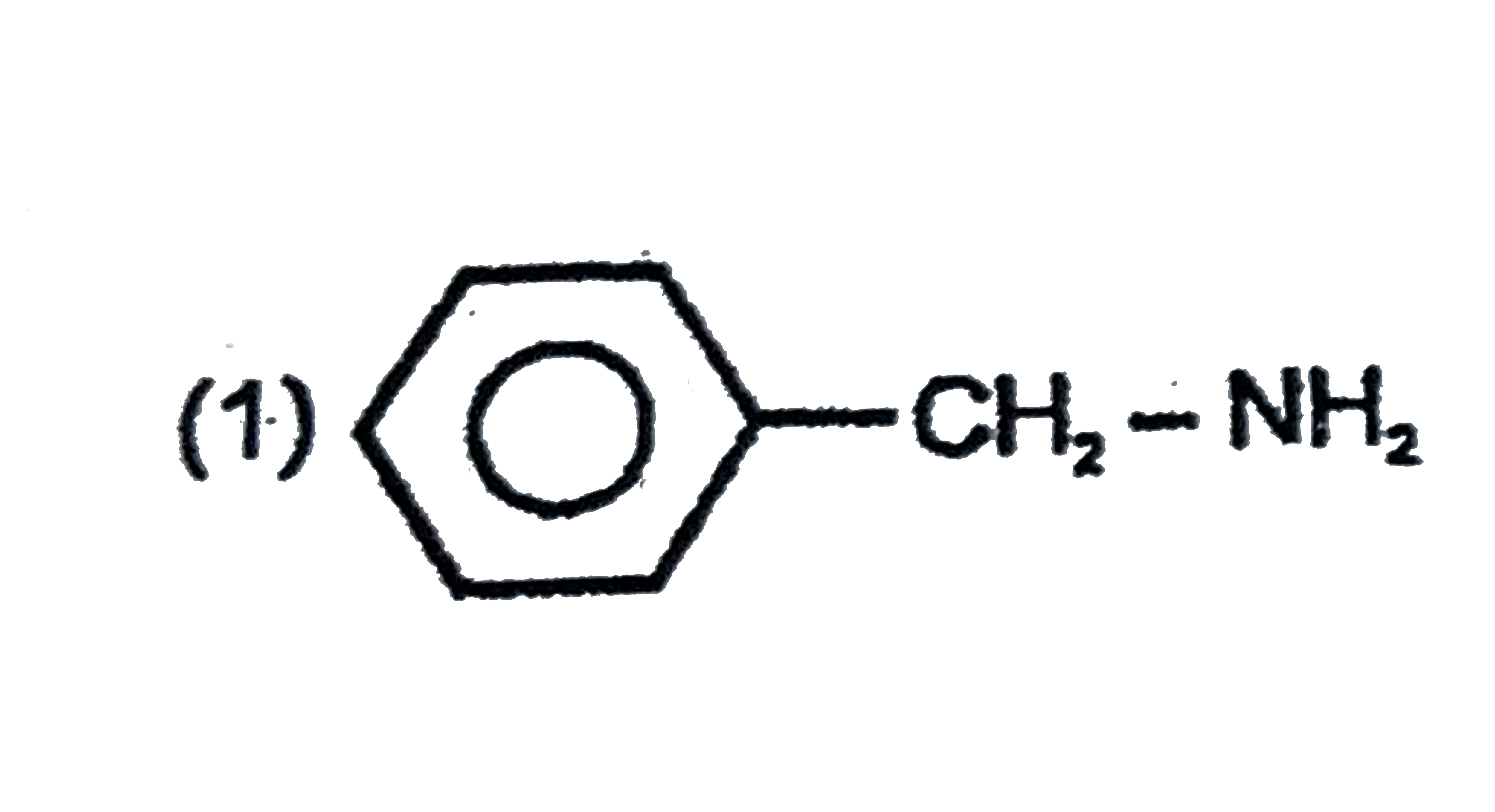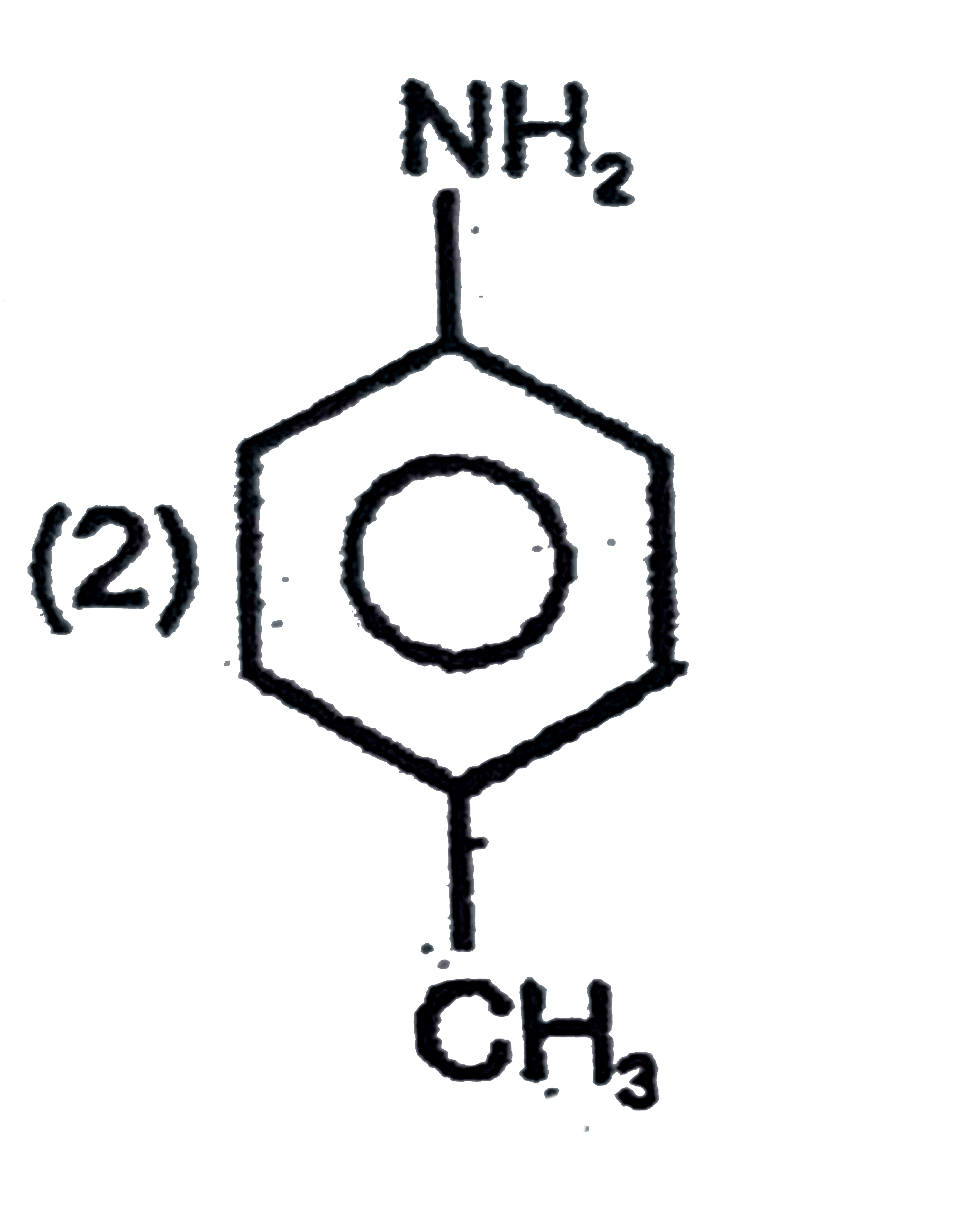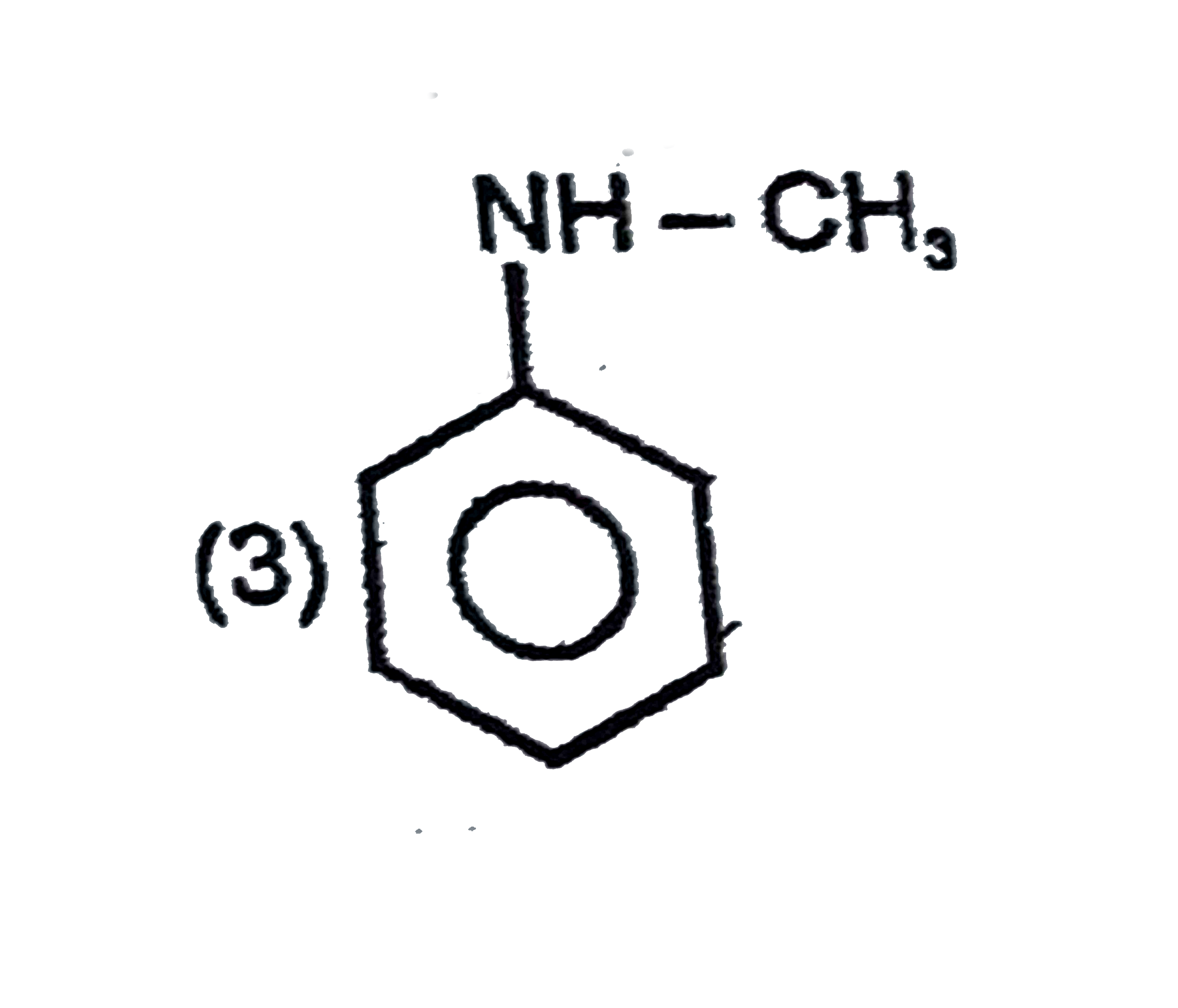A
B
C
D
Text Solution
AI Generated Solution
The correct Answer is:
|
Topper's Solved these Questions
NITROGEN CONTAINING COMPOUNDS
RESONANCE ENGLISH|Exercise ORGANIC CHEMISTRY(Nitrogen containing Compounds)|30 VideosView PlaylistNITROGEN & OXYGEN FAMILY
RESONANCE ENGLISH|Exercise Part-III Practice Test-2 (JEE (Advanced Pattern))|23 VideosView PlaylistNUCLEAR CHEMISTRY
RESONANCE ENGLISH|Exercise STAGE-II|1 VideosView Playlist
Similar Questions
Explore conceptually related problems
RESONANCE ENGLISH-NITROGEN CONTAINING COMPOUNDS-ORGANIC CHEMISTRY(Nitrogen containing Compounds)
- The uncertainties in position and the velocity of a particle are 10^(-...
01:26
|
Play - In the diazotisation of anline with sodium nitrite and hydrochloride a...
02:12
|
Play - Starting from propanoic acid, the following reaction were carried acid...
03:57
|
Play - In the reaction, C(6)H(5)NH(2)underset(0-5^(@)C)overset(NaNO(2)+HCl)...
02:19
|
Play - In the given reaction product P is :
02:59
|
Play - P ( major product ), P is
02:19
|
Play - Identify A,C(6)H(11)N, for which the given information is availabel . ...
04:50
|
Play - An optically inactive amine (A) is methylated with excess of CH(3)I an...
03:44
|
Play - The product P formed in the given reaction sequence is .
03:25
|
Play - Identify the correct statement.
03:04
|
Play - Which statement is incorrect.
05:01
|
Play - What will be the major product when 2-Aminopropane is treated with nit...
02:30
|
Play - Which of the following product (s) will be obtained when isopropylamin...
04:15
|
Play - Which of the following compounds will give N(2)(g) on treatment with H...
02:52
|
Play - Compound (x)(m.f=C(7)H(8)N), on reaction with NaNO(2) and conc. HCl at...
03:52
|
Playing Now - Pyridine is less basic than triethylamine because
05:30
|
Play - The reagents are
03:35
|
Play - Arrange following Amines for rate of reaction with CHCl(3)+KOH ?
03:44
|
Play - Which of the following is correct order of basic strength for the give...
09:01
|
Play - Which nitrogen atom is most basic ?
04:41
|
Play


